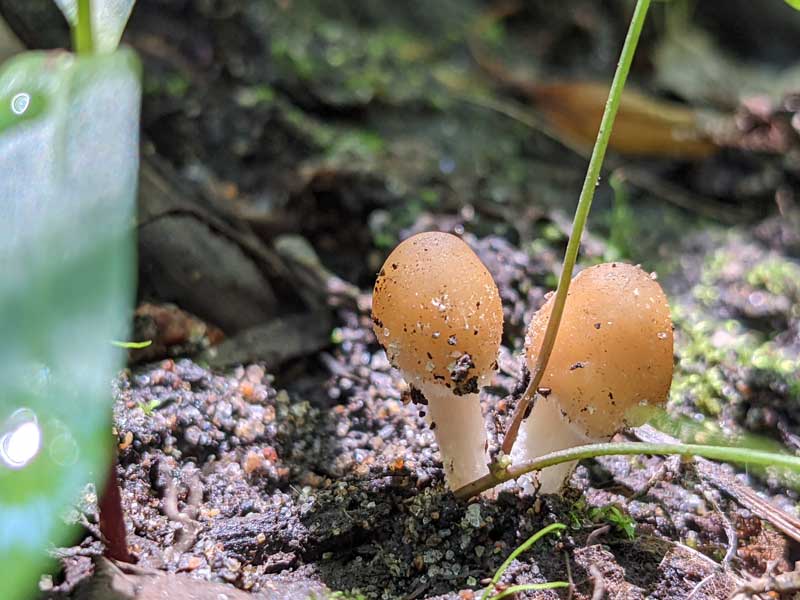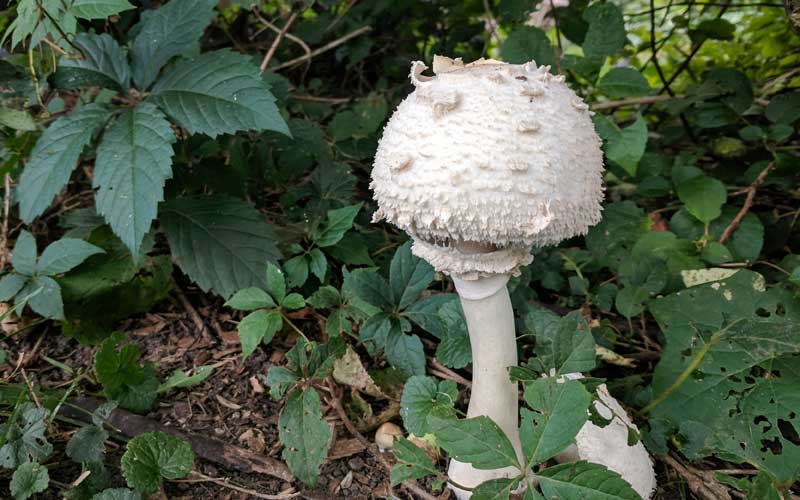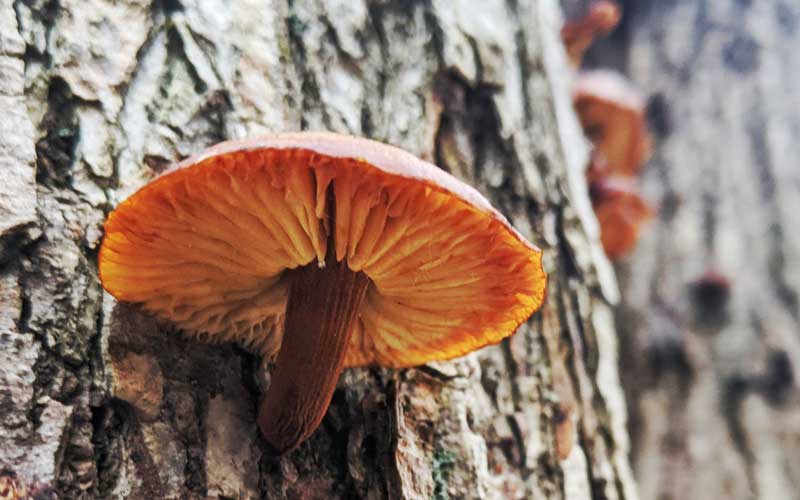- Home
- Mycelium Intro
- Fungi Language
Cracking the Code of How Fungi Can Communicate With a Language Based on Electrical Impulses.
A groundbreaking new study from the United Kingdom has the scientific community buzzing with excitement. Computer scientists at the University of the West of England (UWE) have used mathematical algorithms to decode the electrical impulses of four fungi species. Their findings show the earth is abuzz with electric signals that look remarkably similar to human language.
The research was published in Royal Society Open Science by Andrew Adamatzky, a British Professor of Computer Science and Creative Technology. As Director of UWE’s Unconventional Computing Laboratory, it is not surprising that Adamatzky has finally cracked the code of underground fungal communication – his work is by definition, unconventional.
Nature’s Version of Morse Code
Adamatzky has been studying subterranean electrical fields that control fungal growth for many years. In 2018, he first published research on electric currents generated internally by pink oyster mushrooms (Pleurotus djamor). Recording the signals allowed him to identify two distinct types of extracellular impulses (spikes) grouped into sequences called “spike trains” – short spikes of high-frequency signals (lasting 2-3 minutes), and longer transmissions of low-frequency spikes (lasting up to 14 minutes).
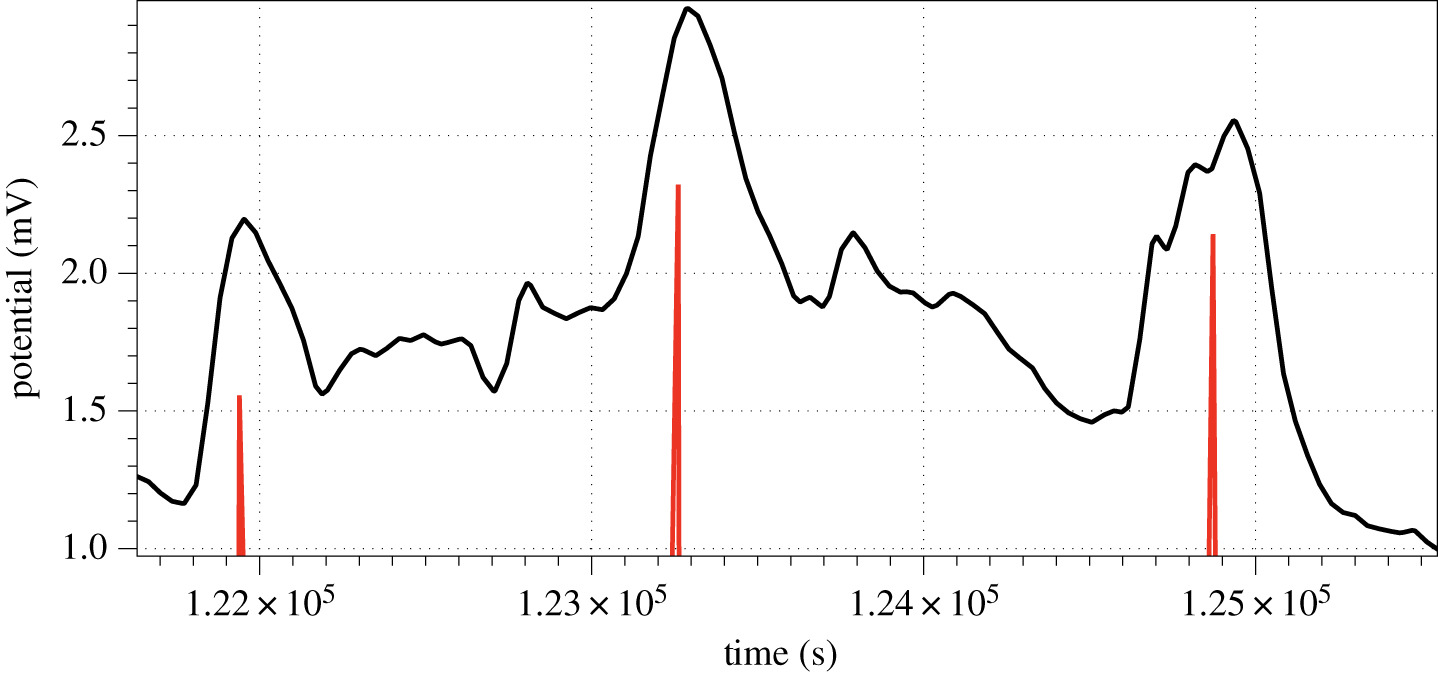 Graph: Example of Spike Detection – A. Adamatzky, 2022
Graph: Example of Spike Detection – A. Adamatzky, 2022Similar to morse code, fungi transmit information with a system of electrical impulses (akin to dots and dashes), broadcast through internal electrical currents generated by mycelium filaments (hyphae), and separated by varying lengths of pauses.
Adamatzky was curious whether these rhythmic oscillations were a form of fungal language, and if mycelium were capable of sensing and processing collective data – much like biocommunication documented in other species.
Biocommunication as Language
Scientists define intelligence as the ability to process information and communicate signals that direct behavior. The word comes from the Latin intelegere, which means to choose between. If a species can make a decision towards the more beneficial choice of two outcomes, it is considered a sign of intelligence. These decisions can take place on many levels – molecular, cellular, or cerebral.
Spikes of electrical activity are usually attributed to neurons, and neuron spikes are the language of the central nervous system. However, almost all creatures lacking nervous systems (protozoa, slime molds, plants, and fungi) can also produce spikes of electrical activity.
Biocommunication is a natural form of language – cells or organisms transmitting a repertoire of signs with intra- or extracellular signals through electrical currents, chemicals, hormones, and pheromones.
In biology, chemical words have long been acknowledged in plants, driving evolutionary fitness and environmental competition. Biocommunication is also well documented in insects – with ants and bees demonstrating impressive cognitive capacities in social communication.
Why not also in fungi?
Decoding Language with Mathematics
To test his theory, Adamatzky’s research team devised an experiment to record and compare the electrical impulses generated by four different fungi species.
- ghost fungi (Omphalotus nidiformis)
- Enoki fungi (Flammulina velutipes)
- split gill fungi (Schizophyllum commune)
- caterpillar fungi (Cordyceps militaris).
The experiments took place in total darkness at 80% humidity and 21˚ Celsius. Using electrodes attached to colonized mushroom substrate, their study recorded the spike trains each colony produced. From their recordings they were able to identify intervals between two different signals – low-amplitude low-frequency spikes, and high-amplitude high-frequency spikes.
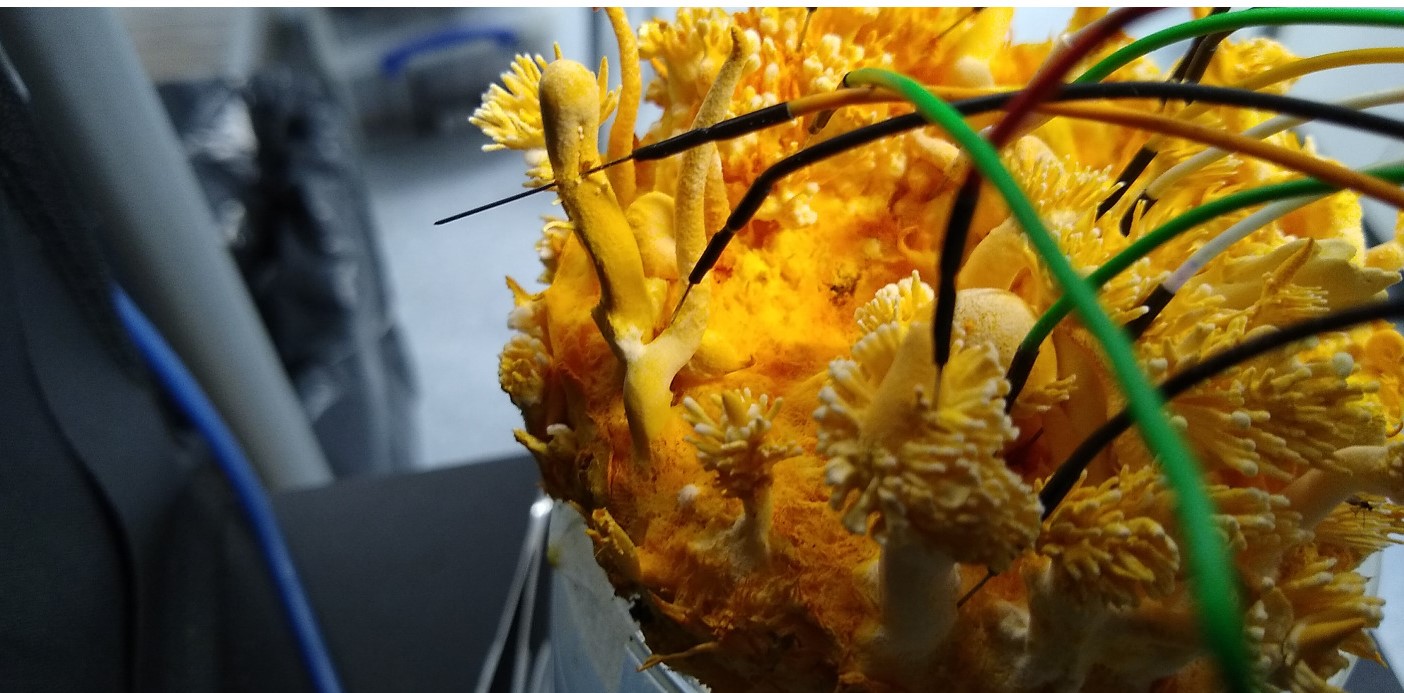 Electrodes inserted in Caterpillar Fungus, C. militaris – A. Adamatzky, 2022
Electrodes inserted in Caterpillar Fungus, C. militaris – A. Adamatzky, 2022Comparing the peaks and spikes of neighboring fruiting bodies, Adamatzky’s team found synchronization and patterns suggesting the potential of fungal language.
They then analyzed the electrical activity using mathematical algorithms to identify individual characters and estimate the size of the fungal lexicon. Converting the spike sequences into binary strings, the patterns resemble bar codes. From these spike trains, researchers could decode the human language equivalent of fungal words.
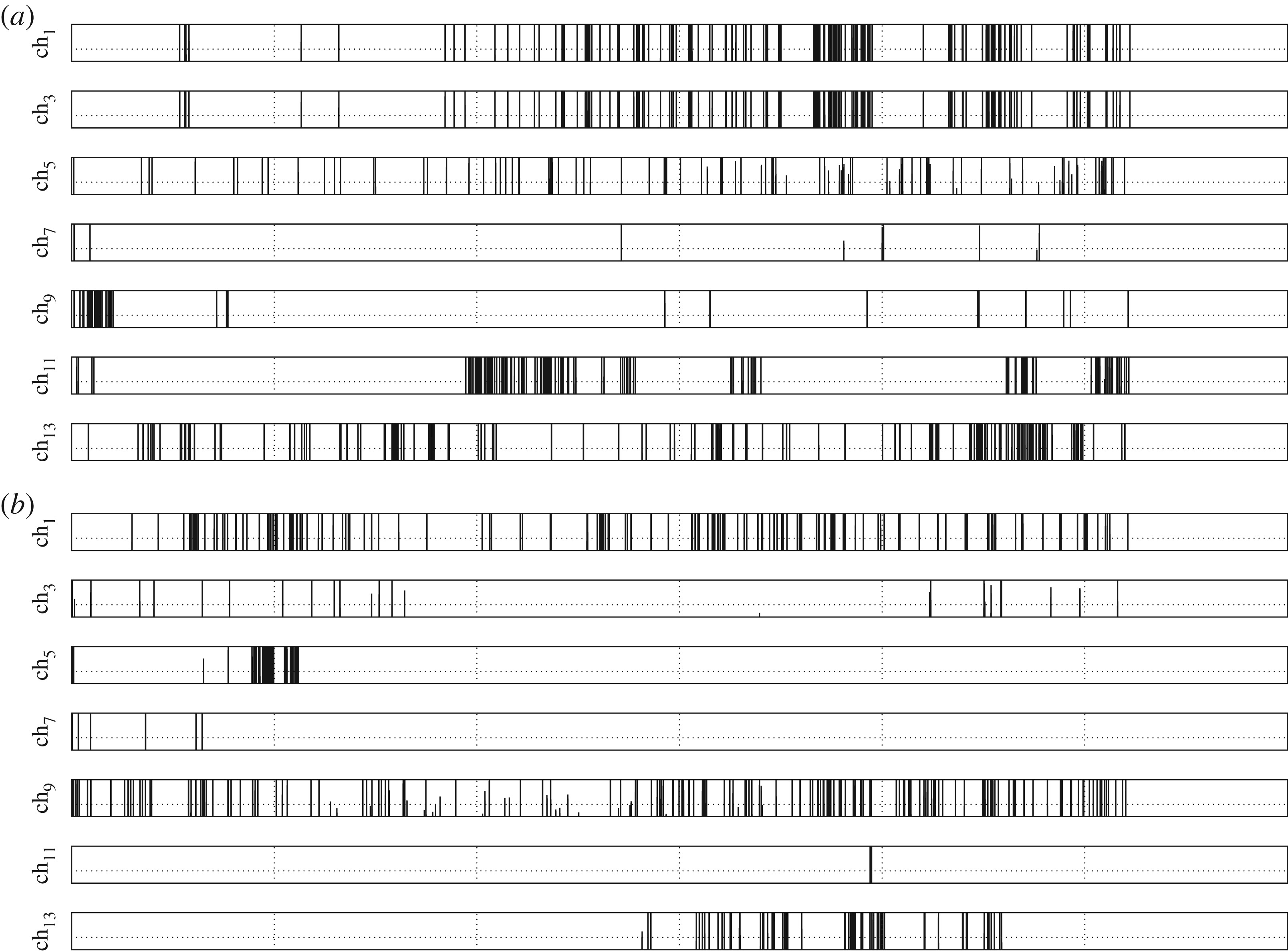 Bar-code-like presentation of spikes recorded in a) C. militaris, b) F. velutipes – A. Adamatzky, 2022
Bar-code-like presentation of spikes recorded in a) C. militaris, b) F. velutipes – A. Adamatzky, 2022Mushroom Vocabulary Rivals Our Own
Adamatzky’s study found that fungi have the ability to communicate across vast underground mycelium colonies with up to fifty distinct electrical signals – transmissions very similar to how human nerve cells relay information in our bodies.
While we may never decode what fungi are actually saying, the length of spike train signals closely parallels the distribution of word lengths in human languages. His team identified syntax by estimating word order in fungal sentences, and discovered that fungi’s morphological complexity exceeded that of European languages.
Fungal vocabulary can be as many as 50 words, but the core lexicon used more frequently does not exceed 15-20 words. Split gill and ghost species have the largest vocabulary, while Enoki and caterpillar fungi have a less extensive one.
 Split gill mushroom
Split gill mushroomPerhaps most surprising, the average fungal word length in all four species falls in the same range of average word length in some human languages – notably English and Russian.
The study found that split gill mushrooms also generate the most complex sentences. Caterpillar mushrooms display complexity slightly below split gills, while ghost and Enoki mushrooms have much less sentence complexity. However, Adamatzky suggests this could simply indicate different dialects that are conveying the same amount of information.
The Great Language Debate
Scientists continue to debate whether fungi’s electric signaling constitutes language, by human definition. In evolutionary terms, few can argue that fungi have mastered a highly adaptive method of electro-communication and survival. They are predators, parasites, pathogens, healing agents, and decomposers critical to nutrient cycling.
As one of the first terrestrial life forms on earth (second only to algae), mycelium networks paved the way for plants to evolve on land, long before animals. Today, fungi represent the largest and most diverse taxonomic kingdom on earth. There are more than 99,000 known species of fungi in every environment and ecosystem on our planet – from the smallest yeasts and molds, to the large fruiting bodies we call mushrooms.
Adamatzky agrees more research is needed to better understand and interpret the nature of fungal language. But his study proves that humans still have much to learn from how other species communicate – even the simplest life forms.
Related Topics:
4 Ways mushroom mycelium challenges our definitions of intelligence.
As humans we like to believe only our species is intelligent. Research into fungal mycelium is now challenging that assumption. Read the full article...
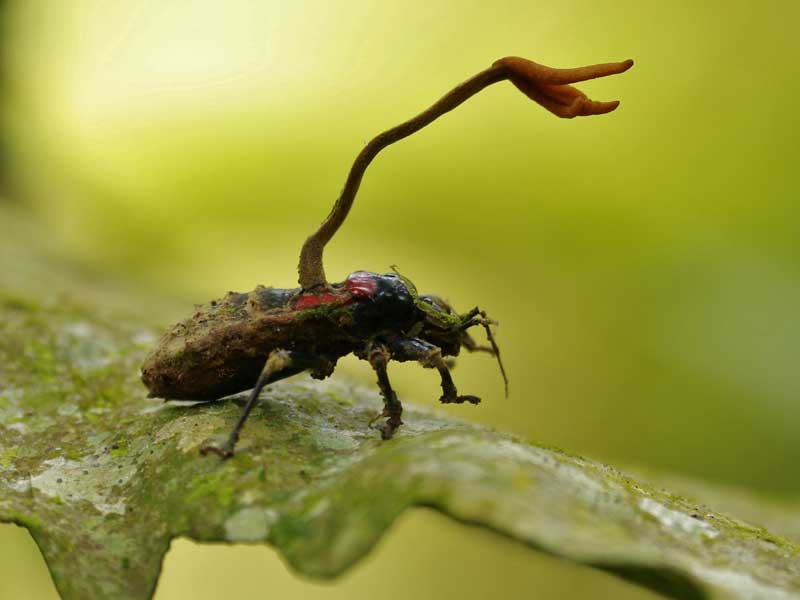
6 Incredible things about fungi and mushrooms you probably don’t know.
From zombie fungi to mycelium coffins and more, mushrooms and fungi never fail to stretch and test our imaginations. Read the full article...
7 Different products that are made with mushroom mycelium.
From buildings to vegan leather and beyond, mycelium is proving to be a powerful alternative to traditional materials. Read the full article...








